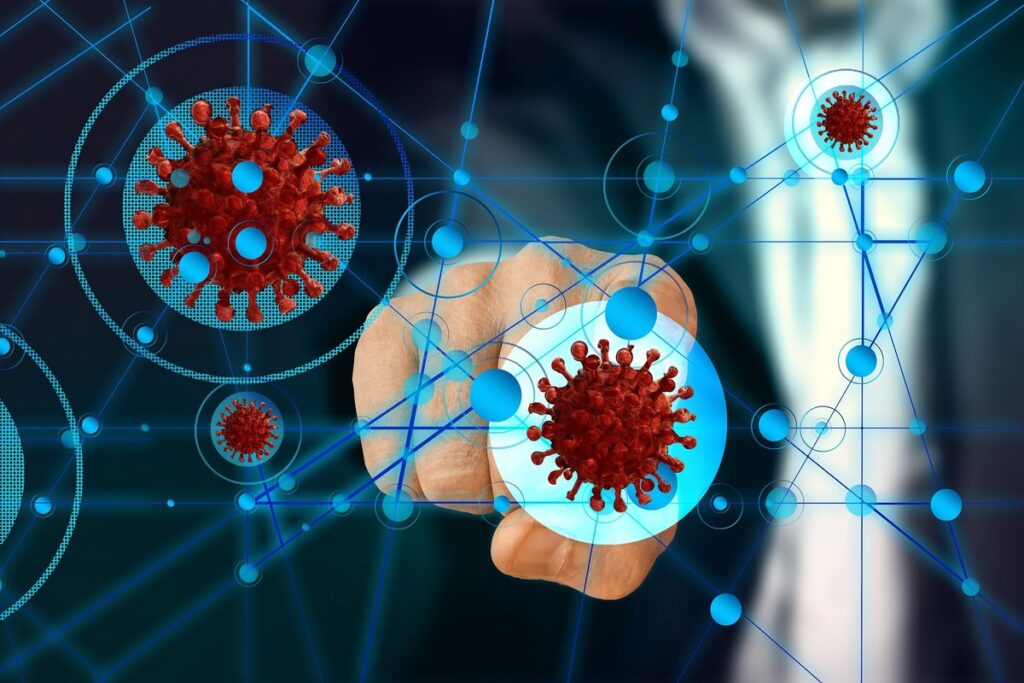Over the past few months, we have witnessed how digital technologies can help in the fight against the coronavirus. It has also been observed throughout the world that expanding digital services help alleviate the impact of COVID 19 on the economy.
Internet of Things (IoT), and along with Cloud and AI tools, are supporting healthcare workers in this time of need. IoT has enabled the diagnosis and treatment of patients remotely. IoT is also a critical component in supplying vaccines. The technology is used to measure and track the temperatures of vaccines that need to be kept at specific temperatures until they are to be used.
In discussion with with Jon Trask, CEO of Blockchain Guru, he says “IoT is being used to monitor the temperature of vaccines right from the moment they leave the vaccine’s manufacturing plant to the moment it is injected to a human, even if it is in the remotest corners of Africa“.

Following are some important ways in which IoT can contribute to the world’s battle against the ongoing pandemic-
- Remote Patient Monitoring– IoT-powered telemedicine helps hospitals and clinics to sustain remote treatments. It uses digital technologies to gather health data from the patient and transmit the information to healthcare providers in a different location for assessment and recommendations.
- Healthcare Management– As patients need access to special equipment and skilled healthcare workers, technology is helping to best manage available resources, shortest route to emergency facilities, and bed availability.
- Vaccine Cold Chain Monitoring– Ensuring essential immunization services during COVID-19 has proven to be challenging in developing countries. Mobile technology and IoT will optimize the vaccine’s supply chain. Through IoT sensors placed on the vaccine, cold chain data loggers transmit accurate information about the status of vaccines – ensuring that vaccines are maintained at the required temperatures until they are needed.
- Healthcare Delivery Drones– IoT-enabled drones have proven to be a lifeline for the delivery of tests, PPE, medicines, and other vital medical supplies to populations in developing countries.

